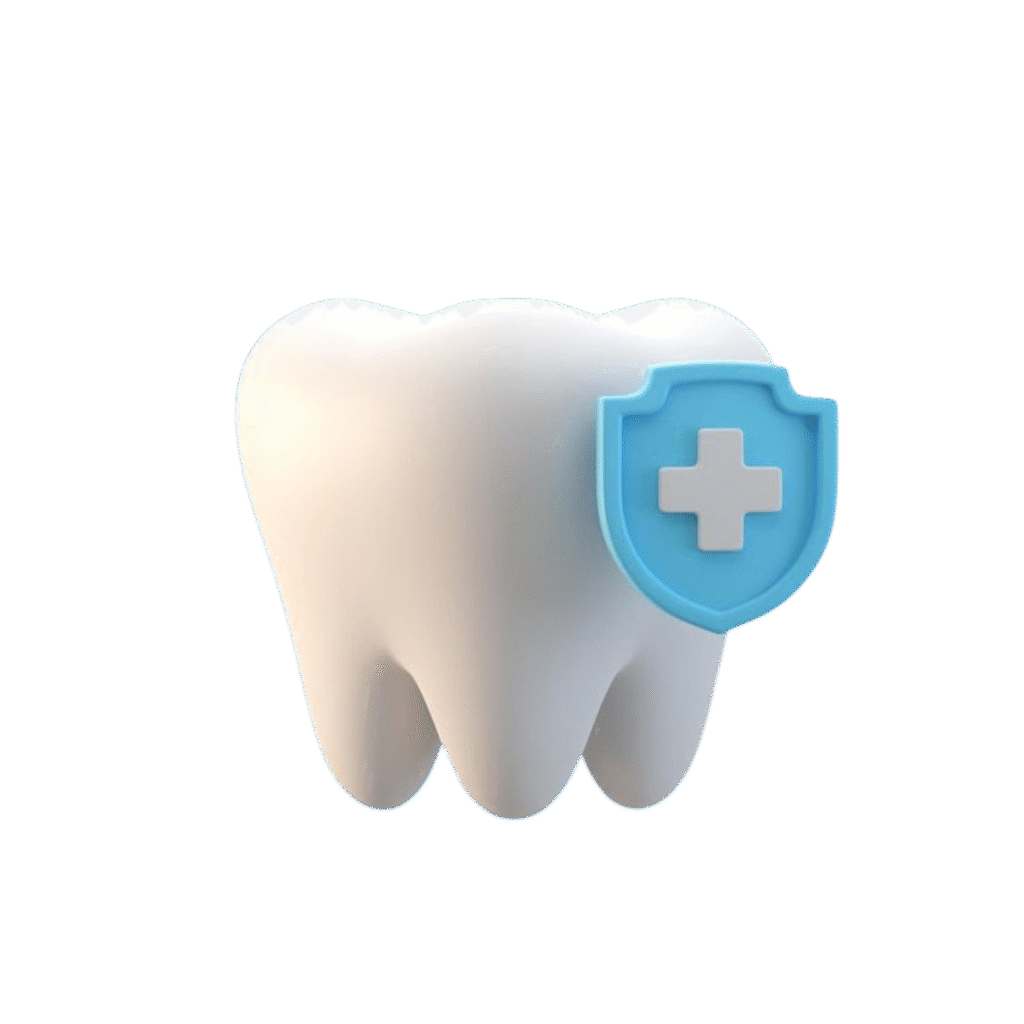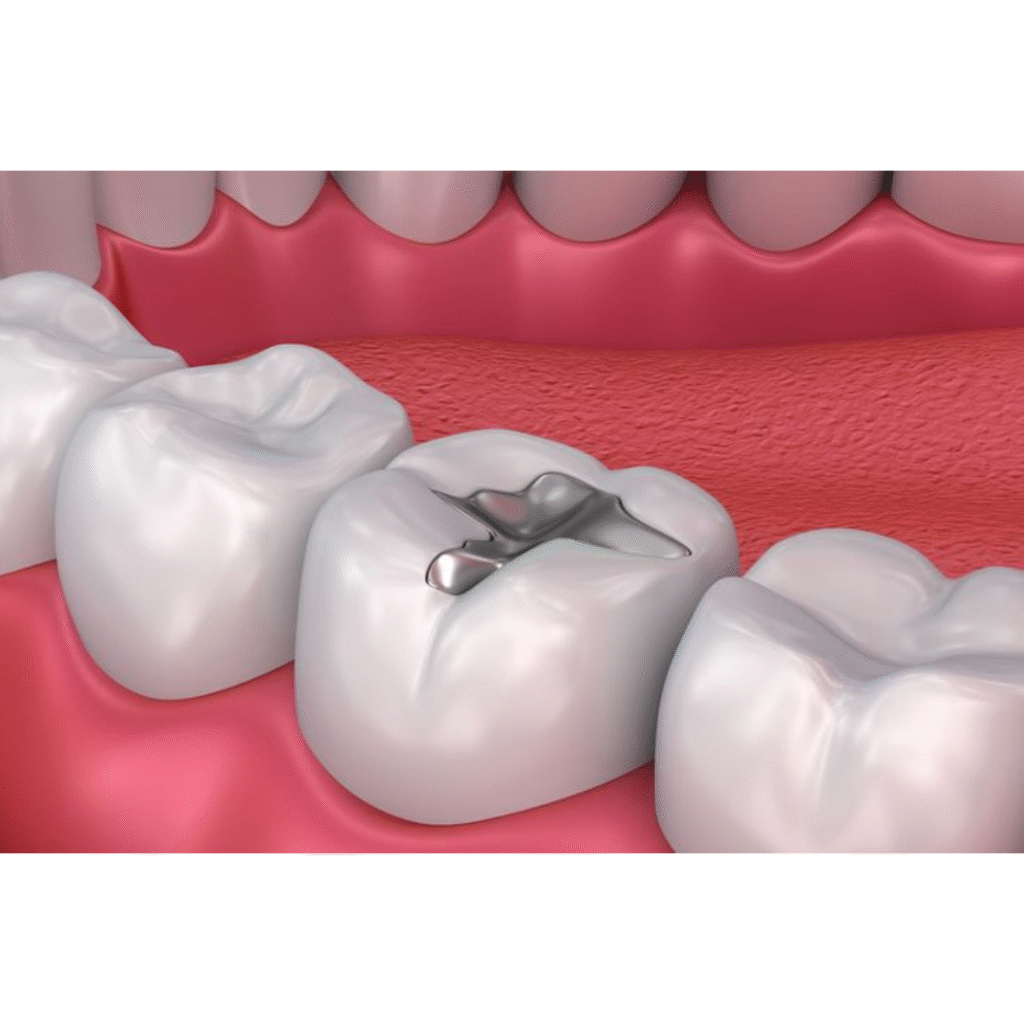
Dental Fillings
Dental fillings help repair tooth cavities. Dentists use them to “fill in” areas of damage or decay. There are several types of fillings, including amalgam and tooth-colored options like composite resin and porcelain. Depending on the material used, some dental fillings can last up to 20 years.
Overview
What are dental fillings?
Dental fillings are a type of restorative dentistry treatment. Dentists use them to repair cavities or fix minor chips and cracks in your teeth.
Other names for dental fillings include:
Tooth fillings.
Cavity fillings.
Dental restorations. (This term refers to a range of treatments that restore teeth, like fillings, inlays, onlays, bridges and crowns.)
Your dentist can discuss treatment options with you and determine which type of dental filling is better for your situation.

Treatment Details
What happens during a dental filling procedure?
Exact steps can vary depending on the material your dentist uses and the type of filling they place. But here’s a general idea of what to expect.
A dentist will:
Numb your tooth with local anesthesia.
Remove damaged or decayed tissue from your tooth using specialized instruments.
Fill the hole with dental filling material.
Use a dental curing light to harden the material (only for resin composite).
Polish and smooth any rough edges.
Check your bite to make sure it feels normal.
If you have anxiety about visiting the dentist, ask about sedation options. Sedation dentistry helps keep you calm and comfortable during your procedure.

Risks / Benefits
What are the benefits of dental fillings?
Dental fillings treat existing tooth decay and reduce the risk of future damage. Depending on the type of filling, they can also:
- Strengthen weakened teeth.
- Preserve your natural tooth structure.
- Restore chewing function.
- Enhance the appearance of your teeth.
- Last for a long time (10 to 20 years).
What are the possible complications of dental fillings?
After a dental filling procedure, it’s normal to experience minor teeth sensitivity and gum soreness in the area. These side effects are temporary and should go away in a week or two.
Complications that may require additional treatment are less common, but may include:
A throbbing toothache. This could mean that decay reached your tooth pulp. You may need root canal therapy.
Pain when biting down. This type of pain can occur if your new filling interferes with your bite. Your dentist can fix this by reshaping your filling.
Pain in response to heat or cold. If you have intense pain that lingers after something hot or cold touches your tooth, it might mean the nerve inside your tooth is damaged. You may need a root canal or tooth extraction.
A note from Smile Spectrum Clinic
Let’s face it — no one really loves going to the dentist. But when it comes to treating cavities, the earlier the better. Dental fillings strengthen your existing tooth structure and reduce your risk of further decay. That means less time in the dental chair and less money spent in the long run. To reduce your overall risk of tooth decay, be sure to visit a dentist for regular cleanings and checkups.

